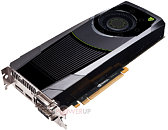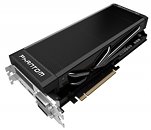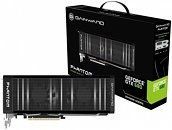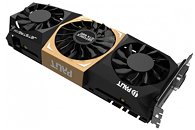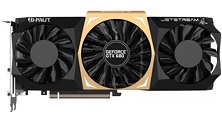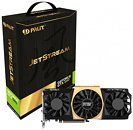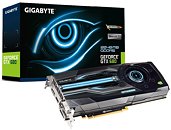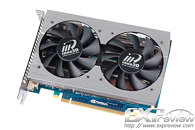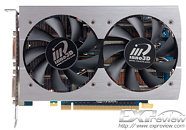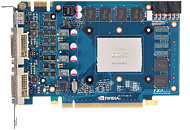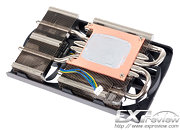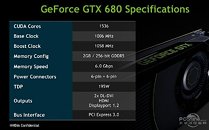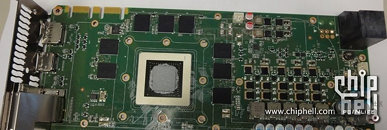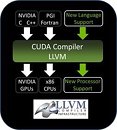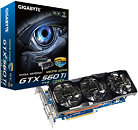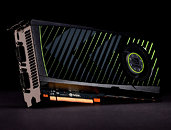
New GK104 SKU Details Surface
We know from a late-March article that NVIDIA is working on two new SKUs based on its GK104 silicon, for launch in May. With the Kepler architecture, particularly with the design of the new-generation Streaming Multiprocessors (SMX), NVIDIA substantially increased CUDA core density. Each SMX holds 192 CUDA cores, and as with the previous-generation Fermi architecture, the SMX count is the only thing NVIDIA can tinker with, to control CUDA core count in new GPUs. GeForce GTX 680's little brother, hence will have 7 out of 8 SMX units enabled, and end up with a CUDA core count of 1344. This leaves easier to configure parameters such as clock speeds, for NVIDIA to design the perfect SKU to capture a price-point. NVIDIA is targeting the sub-$399 market, while somehow maintaining competitiveness with Radeon HD 7950.Specifications of the new SKU follow.
